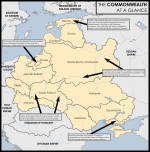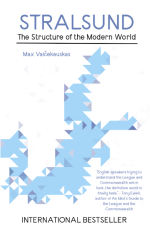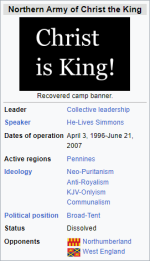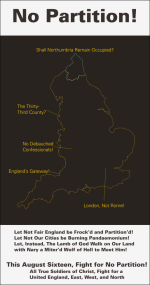- Pronouns
- he/him
That is a beautiful and detailed map, Alex. Very much a fan of that, really fleshes out the idea and I'm annoyed I couldn't use that in the microfiction article from last week as it's such a good example of telling a story through a graphic without needing additional words.So I received that from Gary and ended up considering the long term demographic consequences of a Russian outpost in the med. Like how it could end up being a destination point for Greek and Armenian emigrants, wealthy Yugoslavs and later more diverse expats.
And ended up creating a map showing the ethnic breakdown of this rather more diverse island at various levels.
View attachment 66357
And sent it off to @Wolfram
The Greek figure seems low given they were 400 Greeks living on British Minorca already who the Spanish expelled to France in OTL, and you'd expect more to come from Corsica/Greece upon the Russian sale. Presumably they became integrated into the russian population and what is marked as greeks in the modern day are more recent settlers, like the distinction between the anglo-irish and the planters?









